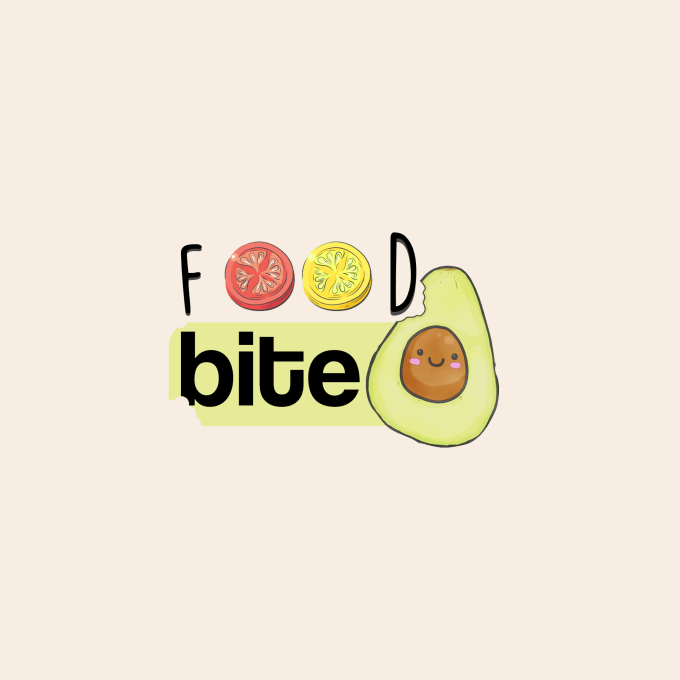Visual computerization is a calling whose business is the demonstration of structuring, programming, and make visual correspondences, by and large delivered by modern methods and proposed to pass on explicit messages to explicit social gatherings, with an unmistakable reason. This is the movement that empowers graphically convey thoughts, realities and qualities prepared and integrated as far as structure and correspondence, social, social, monetary, stylish and mechanical. Otherwise called visual correspondence structure, since some partner the word figure just to the printing business, and comprehend that visual messages are directed through numerous media, not simply print.
Given the monstrous and quick development in the trading of data, the interest for visual creators is more prominent than at any other time, especially as a result of the improvement of new advances and the need to focus on the human factors that are past the ability of architects who create them.

Exclusive on mateipruteanu
A few characterizations are broadly utilized visual computerization: promoting structure, article plan, corporate personality configuration, website architecture, bundling structure, typographic plan, signage structure, sight and sound structure, among others.
Visual computerization History
The meaning of the visual computerization calling is somewhat later, in what concerns their planning, their exercises and objectives. In spite of the fact that there is no accord on the specific date of the introduction of visual depiction, some dating during the interwar period. Others comprehend that starts to recognize as such to the late nineteenth century.
Apparently explicit realistic correspondences purposes have their birthplace in Paleolithic cavern works of art and the introduction of composed language in the third thousand years BC. C. In any case, the distinctions in working strategies and preparing required assistant sciences are to such an extent that it is beyond the realm of imagination to unmistakably distinguish the present visual creator with ancient man, with xylograph fifteenth century or the lithographer 1890.
The assorted variety of assessment mirrors the way that some observe as a result of visual computerization and all other graphical show just those that emerge because of the use of a model of modern creation, those visual indications that have been “anticipated” examining requirements of various sorts: beneficial representative ergonomic logical and so forth.
Foundation
A page from the Book of Kells: Folio 114, with improved content contains the Tunc dicit illis. A case of workmanship and page format of the Middle Ages.
The Book of Kells – A Bible transcribed luxuriously showed by Irish priests in the ninth century CE-is for nearly a wonderful and early case of visual depiction idea. It is a realistic showing of incredible masterful worth, high caliber, and that even a model for figuring out how to structure for even outperforms in quality to huge numbers of the current-publication creations, and furthermore from an utilitarian perspective contemporary This realistic piece reacts to all needs introduced the group of individuals who made it, anyway others accept that it would be visual communication item, since they comprehend that their plan isn’t acclimated to the possibility of current visual computerization venture.
The historical backdrop of typography-and by transitive, likewise the historical backdrop of the book-is firmly connected to visual depiction, this might be on the grounds that there are essentially no illustrations plans that do exclude such things designs. Henceforth, when discussing the historical backdrop of visual depiction, typography likewise refered to the Trajan segment, medieval miniatures, Johannes Gutenberg’s print machine, the advancement of the book business, the banners Parisian Arts Movement and Crafts (Arts and Crafts), William Morris, Bauhaus, and so on “
The presentation of versatile kind by Johannes Gutenberg made books less expensive to deliver, and encourage their dispersal. The first printed books (incunabula) scored the good example to the twentieth century. Visual depiction of this period has gotten known as Old Style (particularly the typefaces which these early typographers utilized), or Humanist, because of the transcendent philosophical school of the time.
